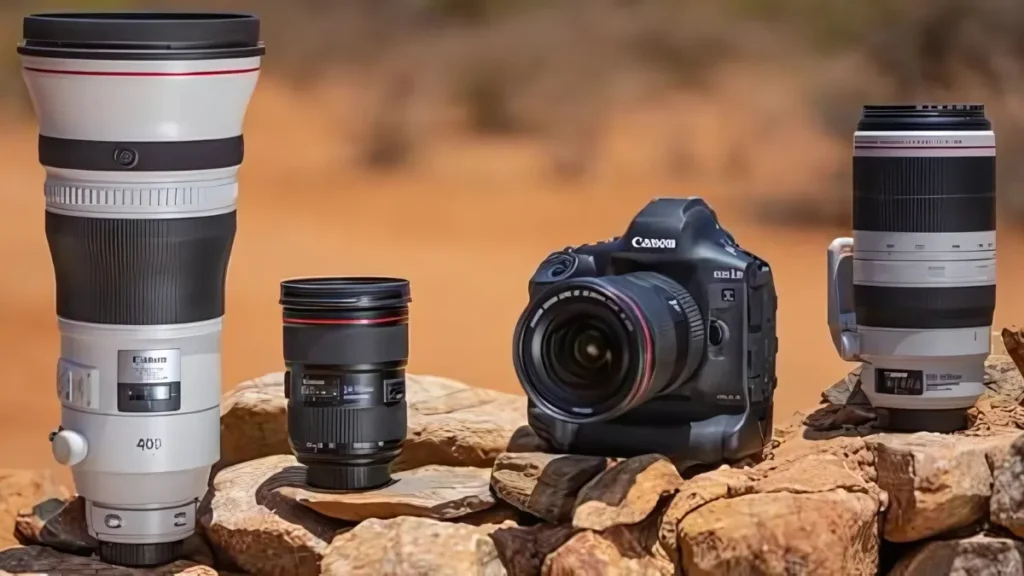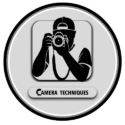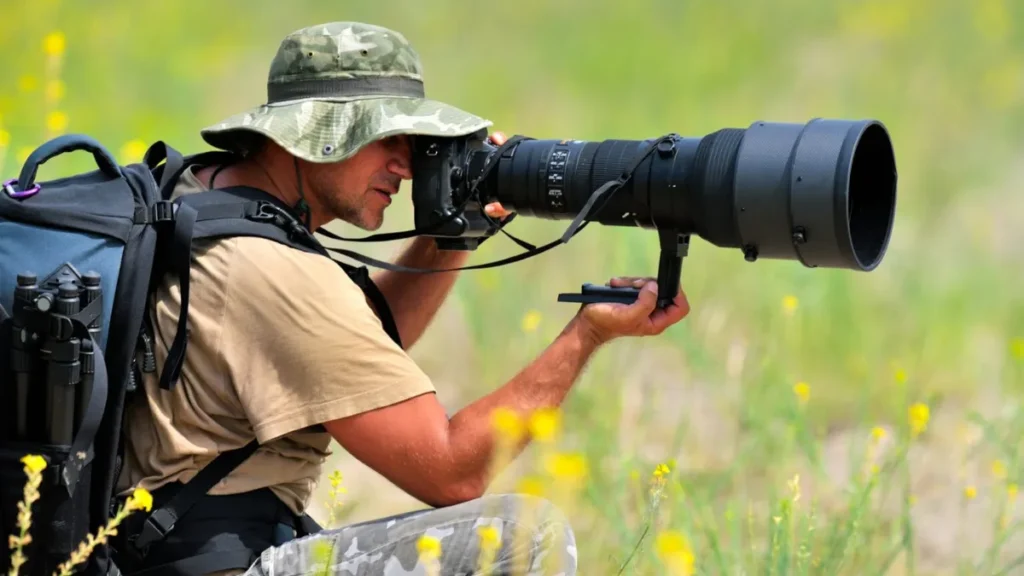Camera techniques for wildlife photography are essential for anyone who wants to capture the raw beauty of animals in their natural environment. Wildlife photography is not just about pointing your camera and clicking; it’s a skill that combines patience, technical knowledge, and a deep respect for nature. In this guide, you’ll learn proven techniques that will help you take sharper, more professional-looking wildlife images while telling a compelling story through your photos.
1. Choosing the Right Camera and Lens

The first step in mastering camera techniques for wildlife photography is selecting the right equipment.
- Camera: A DSLR or mirrorless camera with fast shutter speed capability and strong ISO performance is ideal.
- Lens: A telephoto lens (300mm or longer) allows you to photograph wildlife from a safe distance without disturbing them.
- Zoom Lens Advantage: If you’re on a budget, a high-quality zoom lens gives flexibility to shoot subjects at various distances.
2. Mastering Shutter Speed
Wild animals move unpredictably, and slow shutter speeds can result in blurry images.
- For birds in flight or running animals, use a shutter speed of 1/1000 sec or faster.
- For slower movements, 1/500 sec often works well.
- Always test and adjust according to lighting conditions and subject behavior.
3. Using the Right Aperture and Depth of Field
A wide aperture (like f/2.8 – f/5.6) blurs the background, making your subject stand out sharply.
- This is especially helpful in busy environments like forests or grasslands.
- Narrower apertures (f/8 – f/11) are useful when you want more elements in focus, such as a herd of animals.
4. ISO Settings for Wildlife Photograph
Low light is common in wildlife habitats, especially early morning or late evening.
- Start with ISO 400–800 in good light.
- Increase ISO when shooting in dim conditions but be mindful of noise.
- Modern cameras handle high ISO better, so don’t hesitate to go up to 3200 or higher when needed.
5. Focus Modes and Tracking
Sharp focus is critical in camera techniques for wildlife photography.
- Use Continuous Autofocus (AF-C) for moving subjects.
- Select a single focus point for precision or dynamic area focus for unpredictable movements.
- Eye-detection autofocus can be a game changer, especially for large mammals or birds.
6. Understanding Animal Behavior
Technical skill is important, but knowing your subject is equally vital.
- Spend time observing before shooting.
- Learn when certain species are most active.
- Anticipating movement allows you to be ready with the correct settings before the action happens.
7. Patience and Ethics in Wildlife Photography
Ethics are as important as skill.
- Never disturb animals for the sake of a photo.
- Maintain a safe and respectful distance.
- Avoid flash as it can scare or harm wildlife.
Final Thoughts
Mastering camera techniques for wildlife photography takes practice, observation, and a genuine passion for nature. With the right combination of equipment, settings, and patience, you can capture images that are not only technically excellent but also emotionally powerful. Remember — the best wildlife photographs are those that tell a story while respecting the subject’s natural world.

